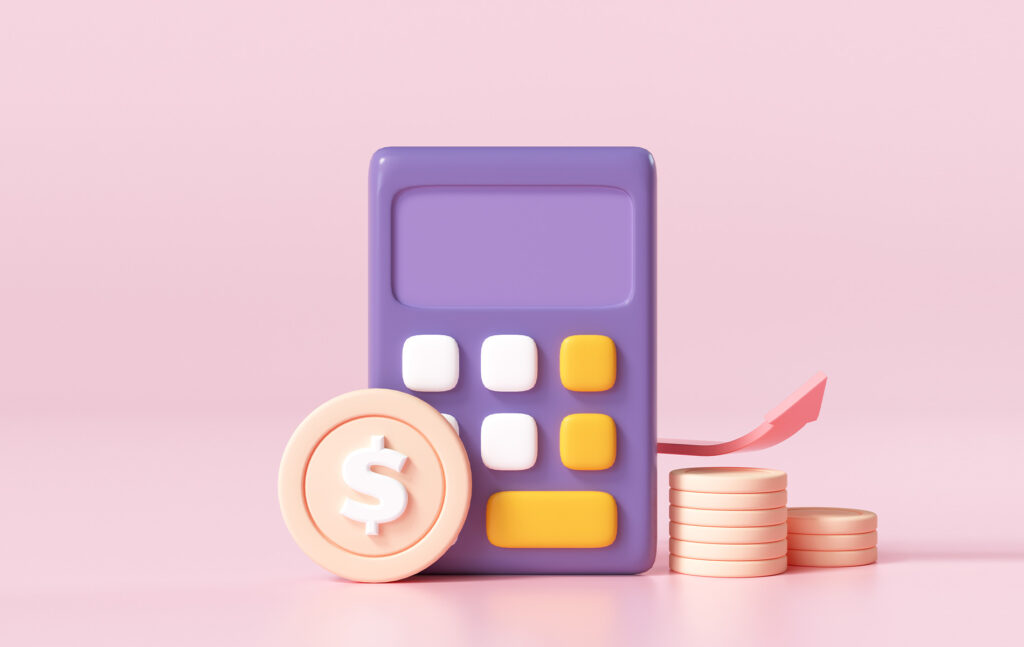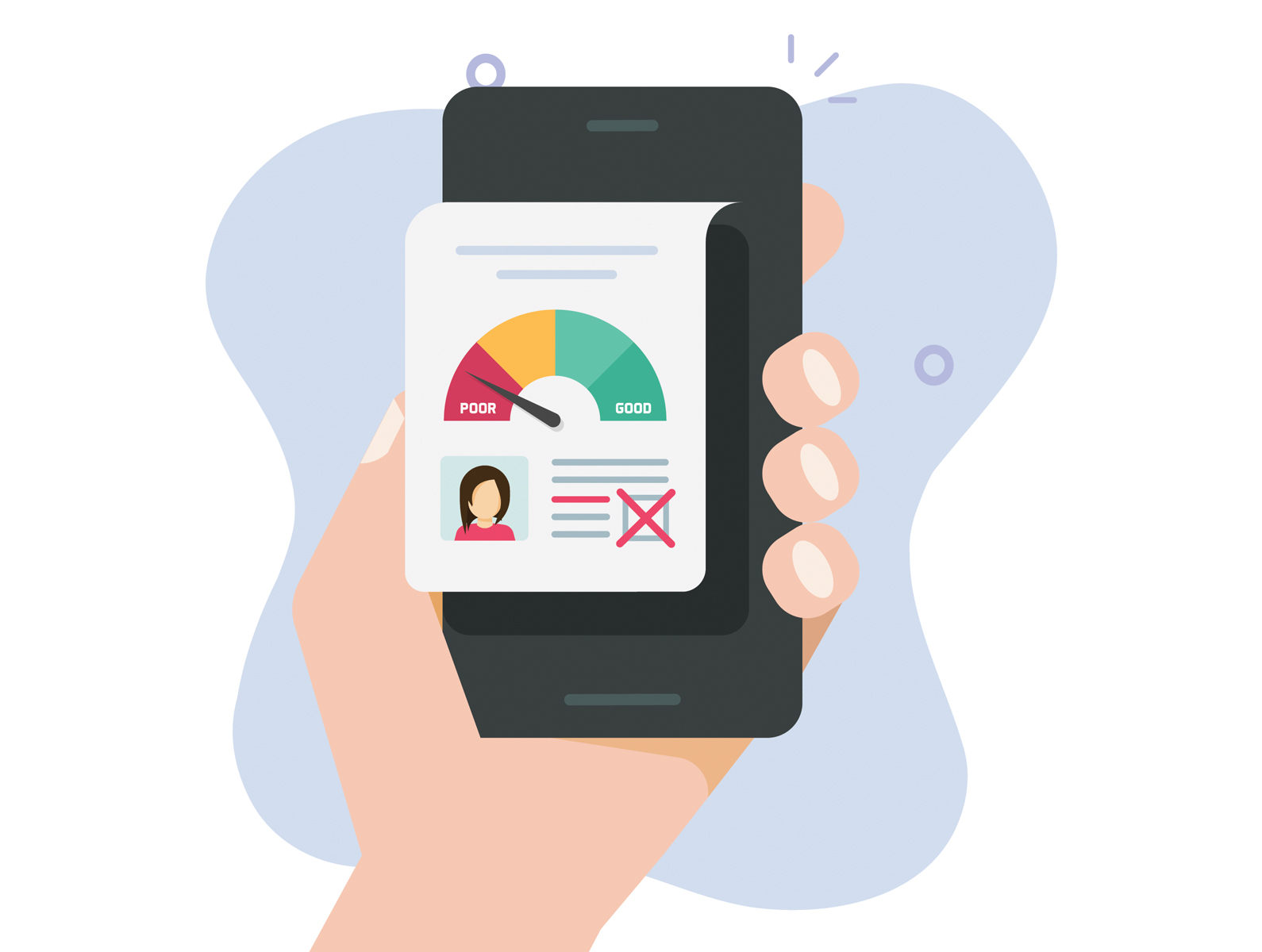As the cost of living crisis bites, your income may be stretched more than ever.
Figures from Statistics NZ show living costs increased 7.2% for the “average household” in the year to June 2023.
Some of that is due to higher interest rates, but a massive jump of 13.2% in grocery prices is also contributing to the increase.
These increases can make it tough to make ends meet, but there are ways to make your money go a little further.
Shop around
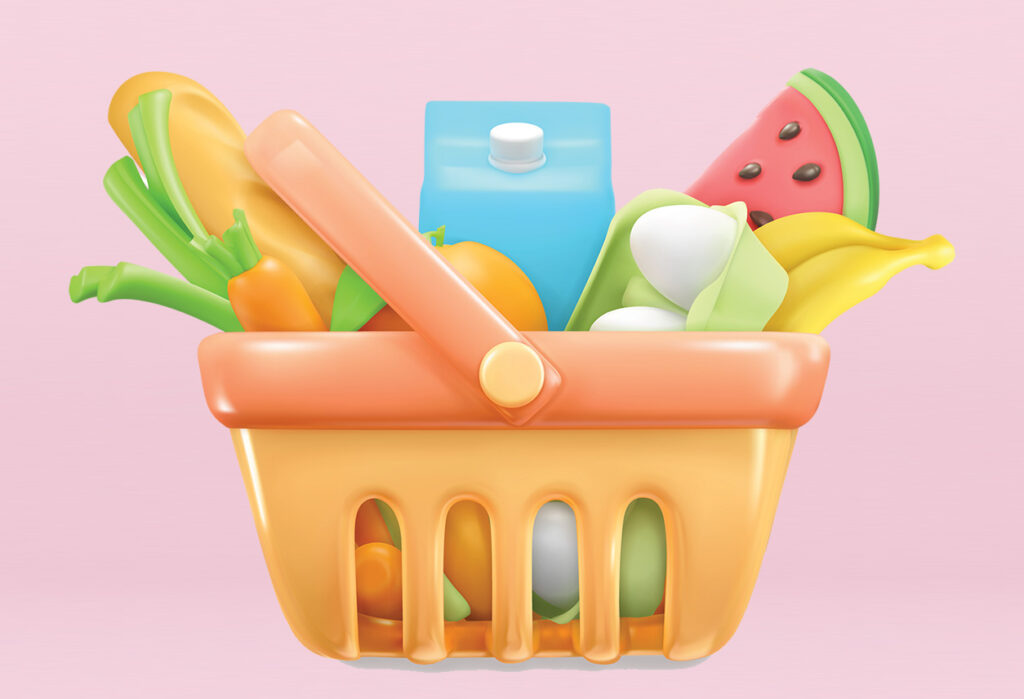
Before making any purchases, compare prices across different stores or online retailers. You may find that the same product is cheaper at a different location or on a different website.
For non-grocery consumer products, you could use a website like PriceSpy, which can compare the cost of many items from different retailers.
To get the best deal on grocery food, the Grocer website is a great tool for comparing the cost of specific items at different supermarkets. With this app, you can save your local supermarkets as favourites and compare items at those locations.
For the best deals on fuel, check our Gaspy NZ. With the app, you can find the cheapest fuel prices near you. You can even search by fuel type since not all service stations have 95.
The same applies to services: whether it’s power, internet or insurance, have a look around to see if you can get a better deal. Powerswitch, run by Consumer NZ, is a great way to see if you’re paying too much.
Another way to save money on purchases is to consider buying gently used or refurbished items instead of buying brand new.
You can often find second-hand items in good condition at a fraction of the cost.
Buy in bulk
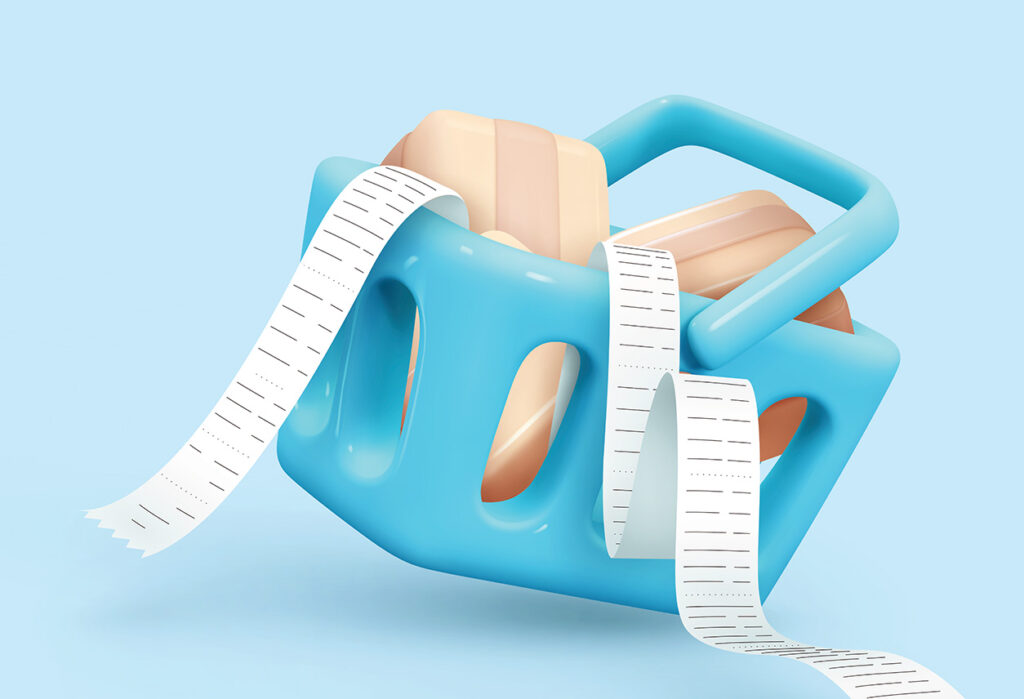
Purchasing items in bulk can often save you money in the long run. Consider purchasing non-perishable items, such as toilet paper, paper towels, and cleaning supplies, in large quantities.
Just be sure to compare unit prices to ensure you’re getting the best deal. You could also avoid using disposable products, and instead go for items that can be reused.
For example, microfibre cloths are a good alternative to paper towels and can be washed so you can use them many times. It may cost a little bit more at first, but you’ll save money in the long run.
Use generic or store brand products
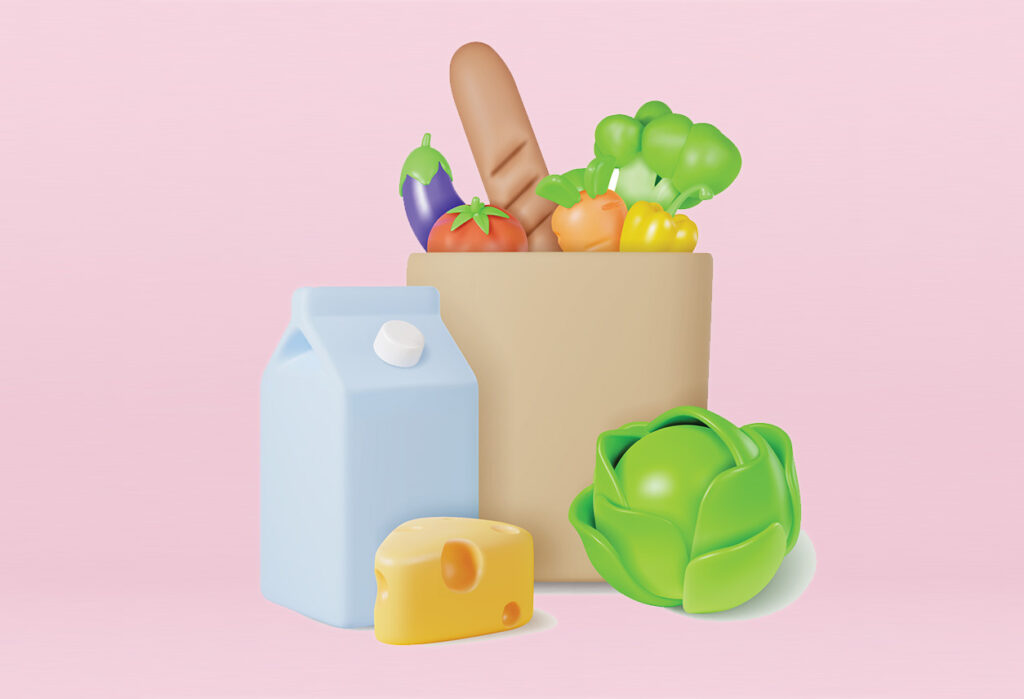
Don’t be swayed by name-brand products when generic or store brand options are often just as good and often less expensive.
The supermarket is a good example where you’ll see generic products next to more expensive branded options.
A study published in 2021 found that “own brand” supermarket labels – like Pams, Value or Essentials – were just as nutritious as branded products.
Unless the branded option is on special, it makes sense a lot of the time to opt for the cheaper generic alternative, as the products are often very similar.
This doesn’t just apply to food, either: large retailers like Kmart and The Warehouse offer own-brand versions of a wide range of consumer products, many of which are as good as their branded equivalents.
Go down to one car

Owning a car is a lot more expensive than you might think, and many kiwi households have more than one.
For people with families, or who live in places without reliable public transport, this may be necessary.
However, if you live in a city with good public transport you could consider becoming a one-car household.
The cost of owning a car is much more than fuel – in fact, fuel accounts for less than half the average cost of running a car.
Costs like registration fees, insurance, and warrant of fitness add up, in addition to the depreciation in the car’s value each year.
According to the AA, a small late-model car will cost about $8,000 per year to run, or $22 per day. The cost will be larger for bigger cars.
If reducing the number of cars you own is an option, this could be a great way to significantly reduce your travel expenses.
Beware of Vampire Power

Have you heard of the term vampire power? We aren’t talking about supernatural power here, although it would make for an interesting article.
Vampire power is simply power you consume – and pay for – but don’t need.
When one of our team members saw their latest power bill, they were in for a real shock. After breaking down their power usage, they discovered that $50 came from appliances that were always in use. Here are a few examples:
- Leaving your TV and computer on standby overnight.
- Running extra refrigerators – Refrigerators are energy hogs, try to avoid running more than one. You can also eat what’s in your freezer and save on groceries too! Switch to a single fridge/freezer and reduce your electricity bill substantially.
- Turn off the heated towel rails once your towels are dry.
- Unplug chargers at the wall when not in use – yes, they consume power even when not in use!
- Only fill the kettle with as much water as you need. Kettles are power thirsty too.
Choose your plan carefully. You may want to opt for a plan that offers cheaper electricity at night. Running power hungry appliances during off-peak could save you a lot. What’s a power hungry appliance? Dishwashers, washing machines, dryers, chargers – including EV’s.
These simple steps can ensure you can direct more power to where you need it most – staying warm!
Debt consolidation loan

Debt can seriously limit how far your income goes. If you have several loans, and maybe a credit card as well, the charges on those individual loans add up quickly.
One way to reduce the costs of your debt is to combine your existing debts into one, easy-to-manage loan. This is called a debt consolidation loan, and it’s one of the ways Loansmart helps people get their debt under control.


